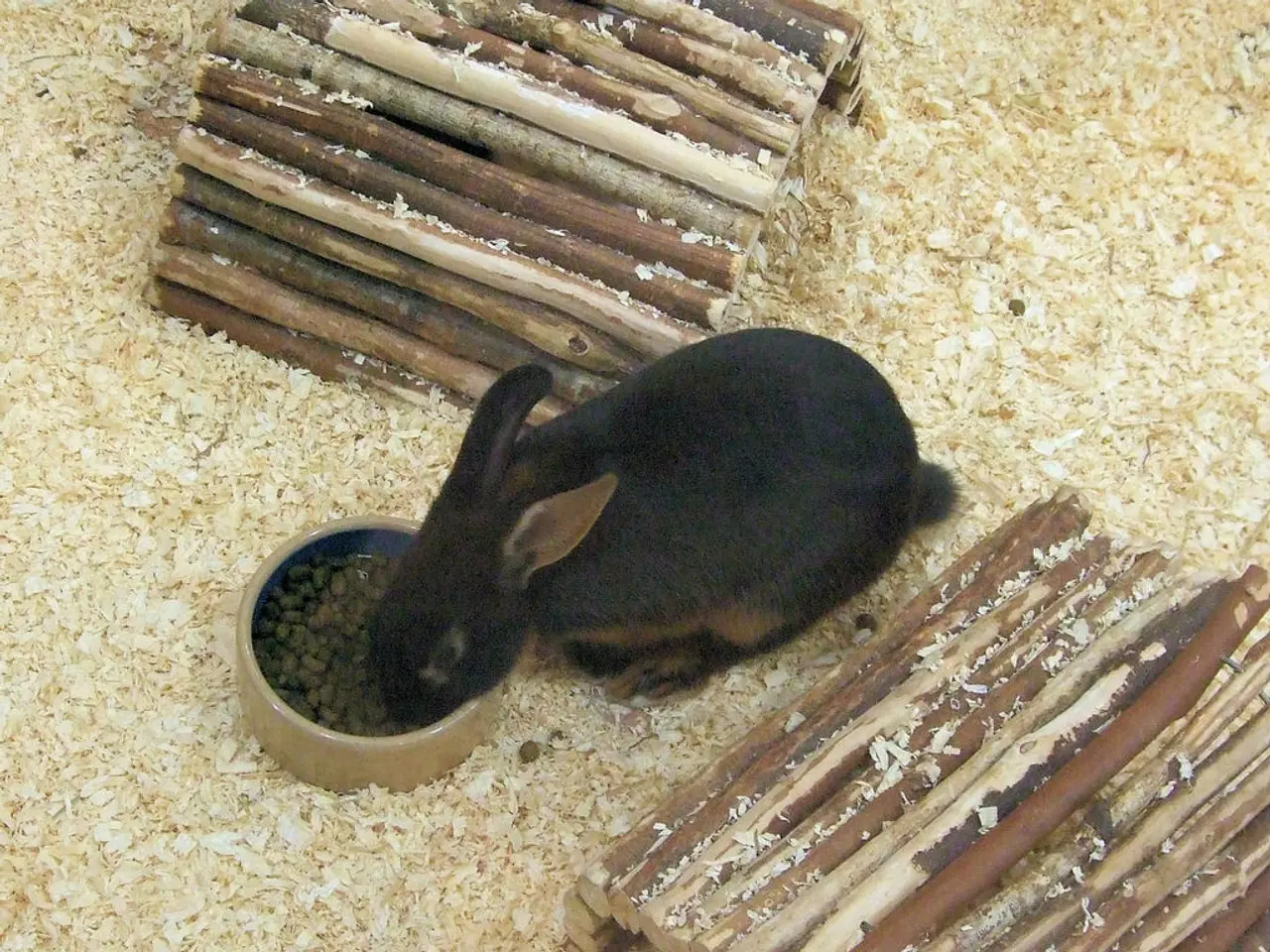Neanderthals consumed decaying meat and insect larvae, according to a recent study, revealing the true diet of the Paleolithic era.
In a groundbreaking discovery, a recent study published in the journal Science Advances suggests that Neanderthals may have regularly consumed maggots as part of their diet. The evidence comes primarily from an analysis of nitrogen isotope ratios in Neanderthal bones and larvae found on rotting meat.
Researchers, led by Melanie Beasley, an assistant professor of biological anthropology at Purdue University, found that Neanderthals showed very high levels of nitrogen-15 (N-15) in their bones, traditionally interpreted as them being hypercarnivores like hyenas. However, lean wild game meat is a less complete protein source than domesticated meat, so the nitrogen signature didn't fully match.
The researchers propose that Neanderthals may have supplemented their diet with maggots, which consume the lean meat and themselves become fatty and rich in nitrogen, making them a "nutritional upgrade" to the lean meat. Ethnographic evidence supports this theory, as Indigenous peoples historically consumed putrefied food with maggots, suggesting this was culturally acceptable and nutritious.
To test this hypothesis, Beasley and her team collected and analyzed 389 larvae from rotting flesh of different fly families. They found that these larvae had much higher nitrogen isotope ratios than the meat alone, indicating they were a rich source of fat and highly nitrogenous protein.
While no direct physical remains of maggot consumption have yet been found in Neanderthal sites, the isotope evidence combined with ethnographic analogues provides strong indirect support that maggots were likely a significant and overlooked component of Neanderthal nutrition.
This new research opens a fascinating line of inquiry into the culinary practices of Stone Age hunter-gatherers such as Neanderthals. According to Wil Roebroeks, professor emeritus of paleolithic archaeology at Leiden University, "The new research has opened a fascinating line of inquiry into the culinary practices of Stone Age hunter-gatherers such as Neanderthals."
Beasley's research not only provides insight into the Neanderthal diet but also informs modern forensic science. For example, nitrogen levels in maggots that form in human corpses can help scientists pinpoint the time since death.
It's important to note that Beasley's research on modern-day corpses had several limitations, and the study didn't account for the wide variety of climates and temperatures that would have had an effect on stored meat in the Stone Age.
Nevertheless, the discovery that maggots may have been a significant part of the Neanderthal diet adds to our understanding of these early humans' lifestyle and dietary habits. As John Speth, an anthropologist at the University of Michigan, previously hypothesized, putrid meat and fish would have formed a key part of prehistoric diets.
In some modern cultures, maggots are still considered a delicacy. For example, the Sardinian cheese casu marzu is replete with the larvae of cheese skipper flies. This finding underscores the versatility and adaptability of early humans in making use of all available resources for survival and nutrition.
References:
- Beasley, M. et al. (2021). Maggots as a dietary supplement for Neanderthals and early modern humans. Science Advances.
- Roebroeks, W. (2021). Maggots in the diet of Neanderthals: A new line of inquiry. Leiden University.
- Speth, J. (1983). The diet of Neanderthals. American Journal of Physical Anthropology.
- Rasmussen, K. (1923). My Life as an Eskimo. Houghton Mifflin.
- United Nations Food and Agriculture Organization (2013). Edible insects - future prospects for food and feed security. FAO.
- The study published in Science Advances suggests that Neanderthals, like modern-grub enthusiasts, may have incorporated maggots into their diet, as a means of boosting their nutritional intake.
- The inclusion of maggots in the Neanderthal diet is further supported by evidence from anthropology and ethnography, with historical accounts of Indigenous peoples consuming putrefied food, complete with maggots, for both cultural and nutritional reasons.
- The research team, led by Melanie Beasley, analyzed various larvae found on rotting flesh, finding that they were significantly higher in nitrogen isotope ratios than lean meat, indicating they provided a rich source of fat and highly nitrogenous protein.
- The discovery of maggots in Neanderthal diet sheds light on the culinary practices of early humans, and it is now understood that putrid meat and fish played a crucial role in the Stone Age diet, much like global cuisines of today feature diverse uses of insects in their nutritional schemes.
- From a broader perspective, the study highlights the adaptability of early humans in accessing food resources, as observed in contemporary cultures, such as the Sardinians who relish the cheese casu marzu, its larvae providing an alternative protein source.




